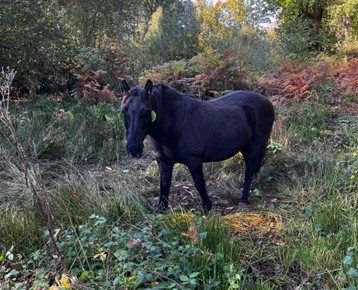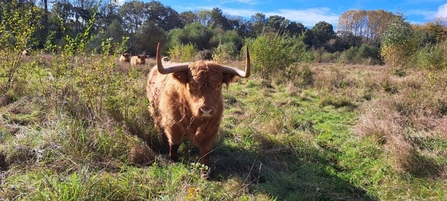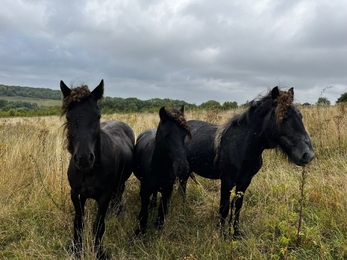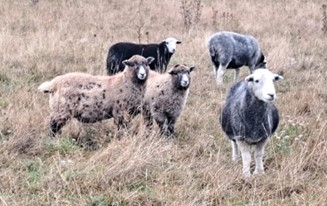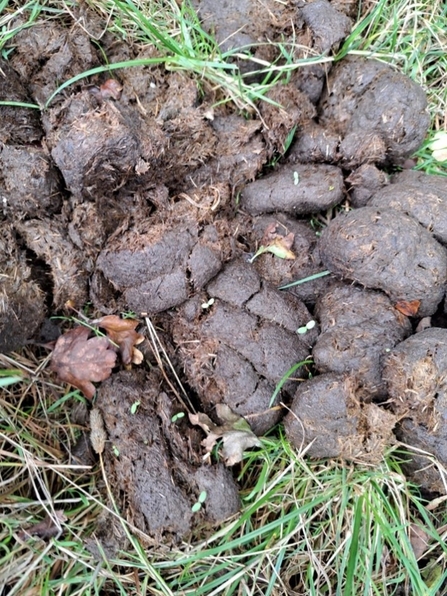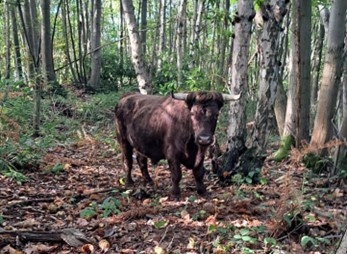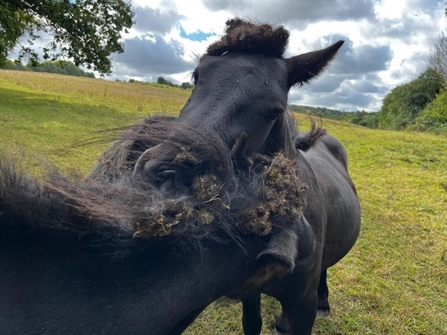
The importance of seed dispersal
Seeds need to ensure they can disperse far and wide to enable the survival of their species. Seed dispersal acts to minimise competition between plants of its own species, expand the species’ range through exploitation of new habitats, and maintain genetic diversity in the population by reducing potential of inbreeding. Effective seed dispersal is not only important for the plants themselves but also for the animals that rely on them for survival.


